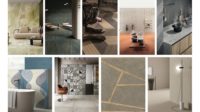In late September, 95,000 designers and related professionals descended on Bologna, Italy, for the 41st installment of Cersaie, the annual salone of architectural ceramics and bellwether of tile trends. Despite a slight dip in attendance from the previous year, international turnout remained strong, with over 600 exhibitors hailing from 25 countries.
Manufacturers eagerly showcased the industry’s newest technological feats—incredibly thin profiles that use less material, larger slab sizes, and more durable surface treatments. In particular, printing technology has achieved such a high resolution that reproductions of everything from Calacatta marble and milky onyx to rift-sawn wood are quite convincing. And the trendsetters agree: a palette of muted pastels and earth tones are, for the most part, back in.
However, visuals are only one side of the ceramic coin. “It’s no longer about how many graphics a company can offer,” says Enrico Iscra of Ceramica Fioranese. “The challenge today is replicating a lifelike texture.” Indeed, as visitors wandered the halls of Cersaie, it was clear that novel glazing techniques (subtly mimicking timeworn surfaces) and computer-numerical-controlled production methods (creating tactile fissures, faint divots, and through-body patterning) are the new frontier, allowing companies to creep ever closer to the real deal.
Sorting out the differences in environmental impact between ceramics and the natural materials they often aim to imitate is still a work in progress. For example, does the energy used to extract, transport, and kiln-bake raw materials for ceramics outweigh that used to dig up, relocate, and cut stone slabs (with all the itinerant quarry waste)? This is a question that Mauro Rullo, sustainability and climate-policy manager at Confindustria Ceramica, aims to answer. “Right now, it’s impossible to compare the two,” he explains, citing standards, definitions, and metrics that vary industry to industry. But he remains hopeful about building consensus around shared data sets and models—a goal of the Flooring Sustainability Summit that he attended earlier this year in Washington, D.C., which will convene again in 2025 to pick up where the conversation left off.
As those talks continue, here are RECORD’s picks of the most captivating, eye-catching, and surprising products featured at this year’s edition of Cersaie.
Wă
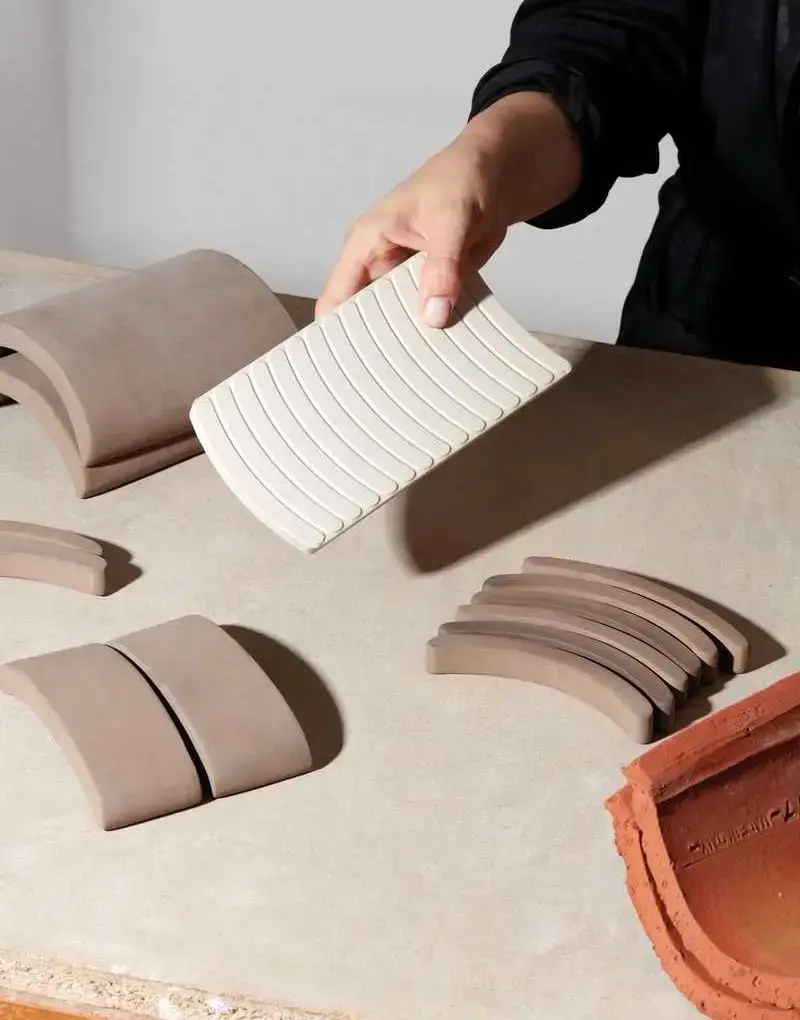
Under the creative direction of up-and-comer Federica Biasi, Decoratori Bassanesi looked eastward for its two new collections, Kimono and Wă. The second, inspired by the terra-cotta roofs of certain rural Chinese villages, comprises entirely porcelain tiles with curved ridges. Available in natural tones, such as hazelnut and caramel, Wă tiles can be arrayed to create a continuous grain or an undulant, wavelike one.
decoratoribassanesi.it/en
Alpine

Fondovalle’s line of stone-look surfaces reinterprets the Alpine landscape of Italy’s northern fringe. Available in five shades and two finishes, these slabs—up to 47¼" x 109½"—feature a dimensional 3D-printed texture that echoes vein-cut stone in appearance and feel. The company took home the award for Cersaie’s best booth too.
fondovalle.it
Isola
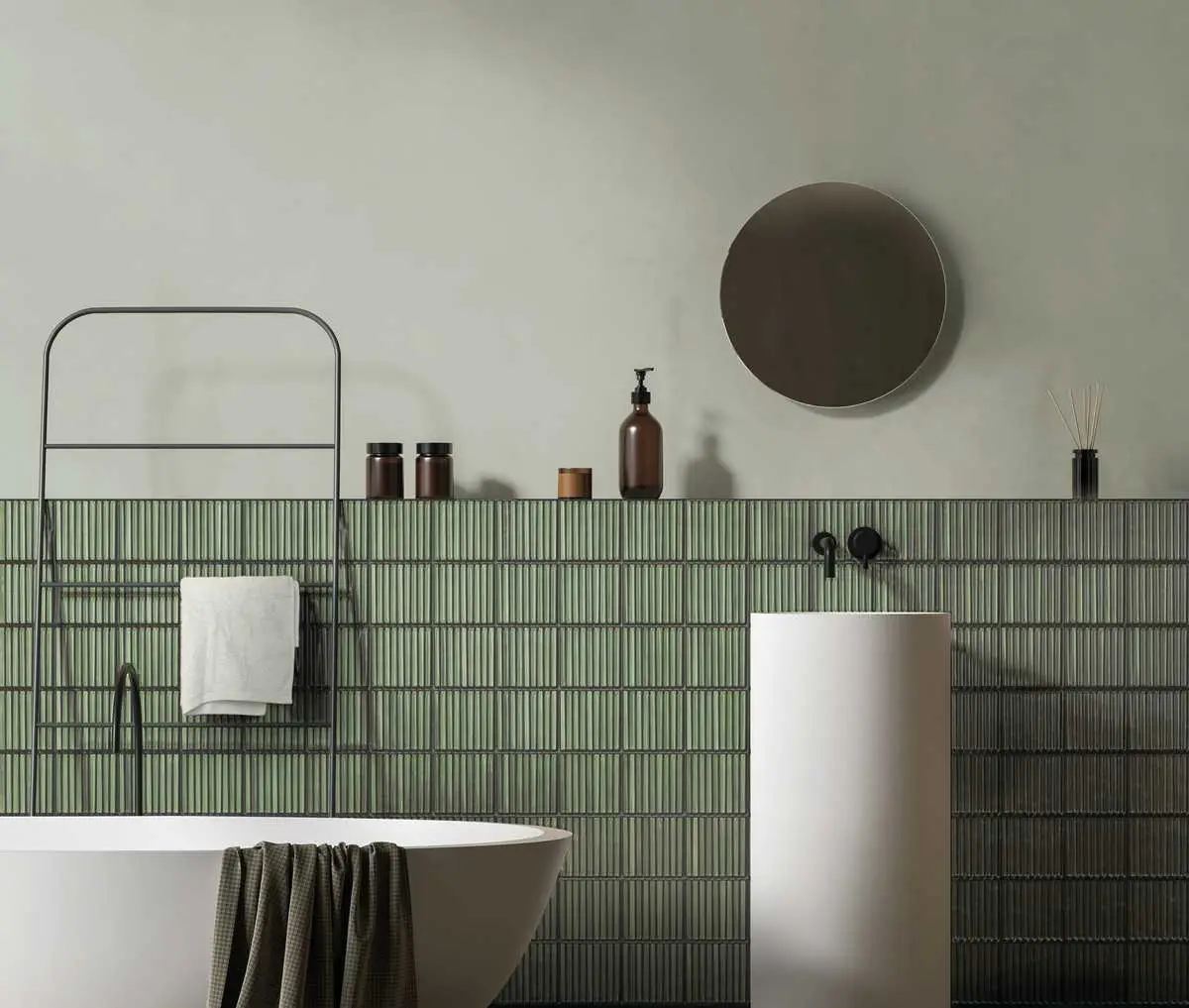
Cultural heritage remains important to Antiche Fornaci D’Agostino, founded in Salerno, Italy, in 1823. These 8"-square tiles feel handcrafted and feature glossy glazed flutes—in a palette inspired by nearby Capri and ranging from the coral color of its famous Casa Malaparte to the azure of the waters surrounding the island’s Faraglioni rocks.
fornacidagostino.com/en
I Ciottoli
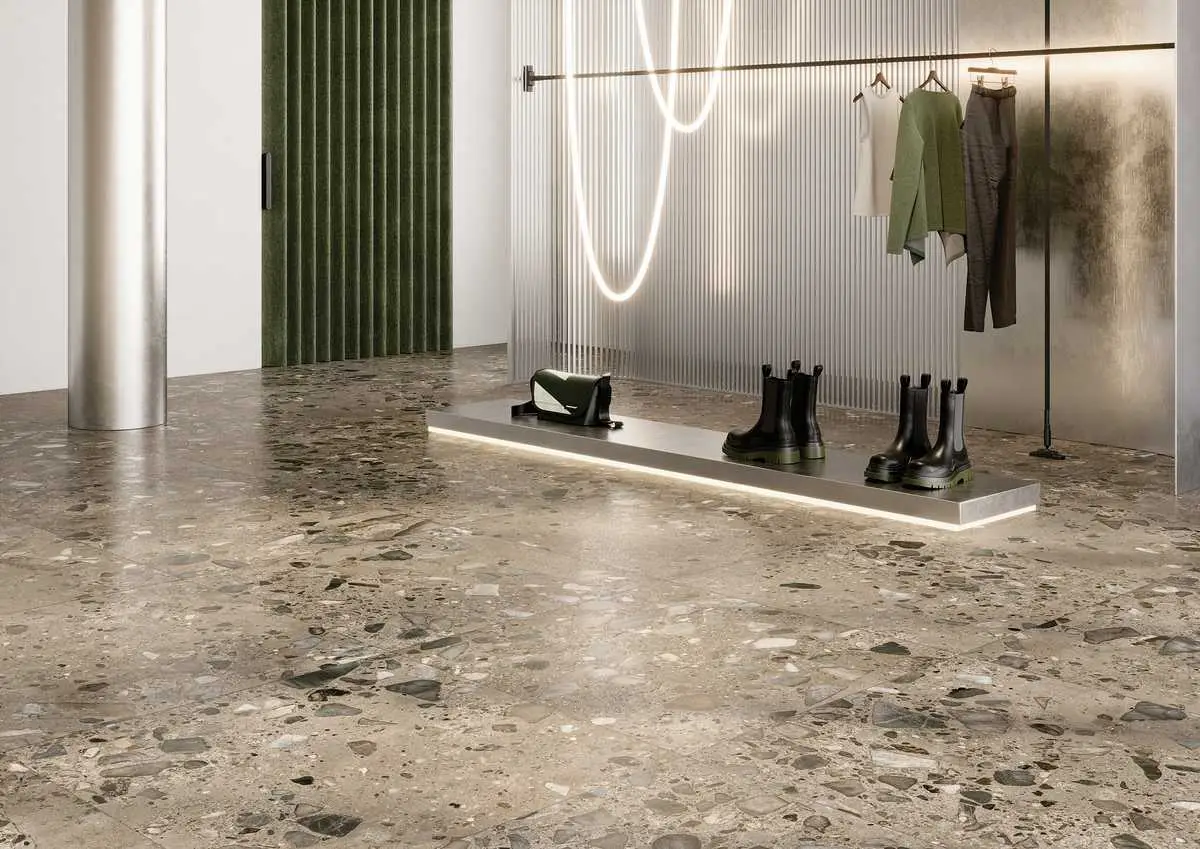
Borrowing the Italian word for pebbles, i Ciottoli is a collection by Fioranese that celebrates the texture of sedimentary rock. Two distinctive variants—sabbia (sand) and sassi (stones)—denote the size of the “aggregate,” the latter of which, pictured above, reads like a bold Venetian terrazzo or a slab of Ceppo di Gré. The dimensional glaze gives the tiles, available in five hues, a timeworn elegance.
fioranese.it/en
Play

With a simple profile and crisp lines, Ceramica Flaminia’s colorful collection of Play bidets, basins, tubs, and rimless toilets can elevate and brighten any bathroom. The porcelain fixtures are dyed throughout, rendering nicks and scratches barely visible as well as easy to repair.
ceramicaflaminia.it/en
Kionè
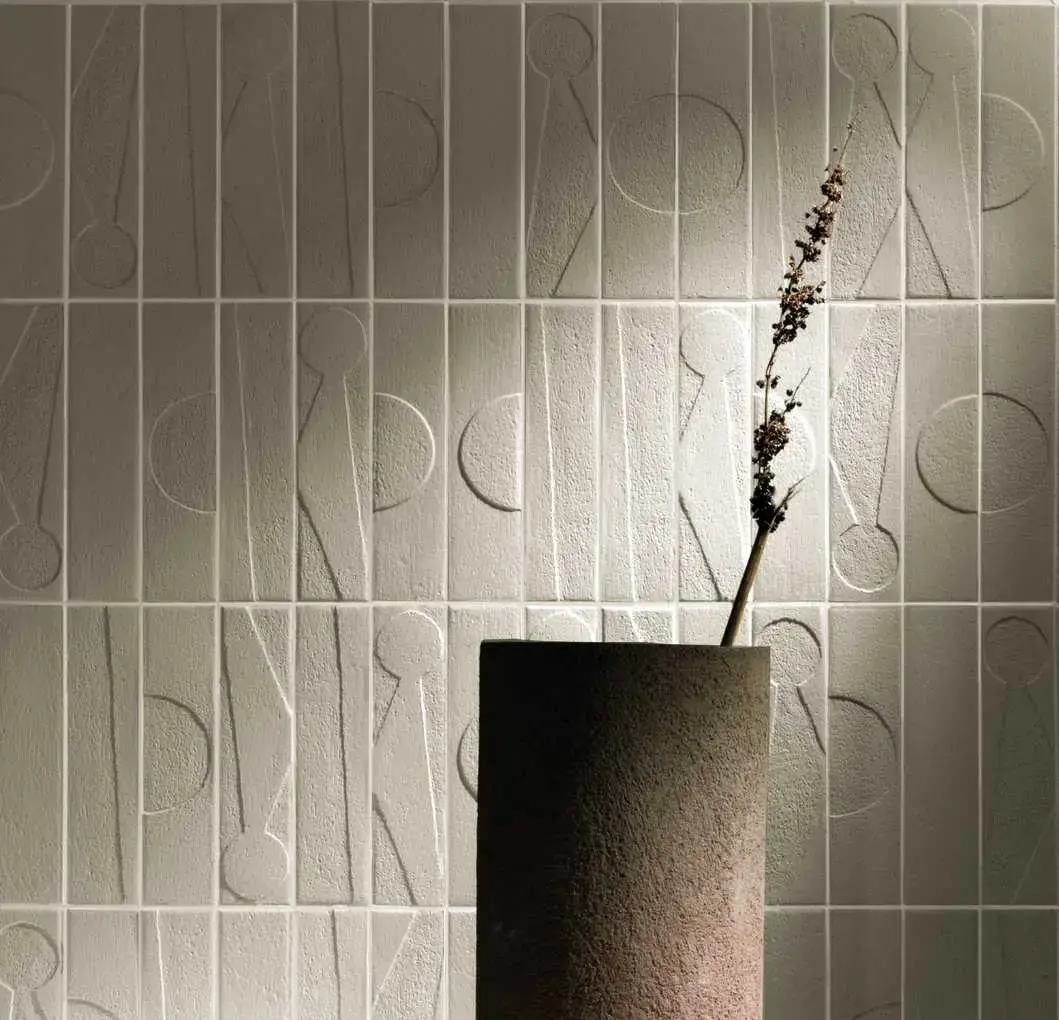
Stamped with gylphs that seem to originate from antiquity, Kionè is the product of a collaboration between Settecento Studio and designer Claudia Carpenito. The subtle bas-relief—both impressed and embossed—along with the tiles’ coarse texture create a delightful play of light and shadow. Six different tile types come in six muted colors.
settecento.com
Arialuce
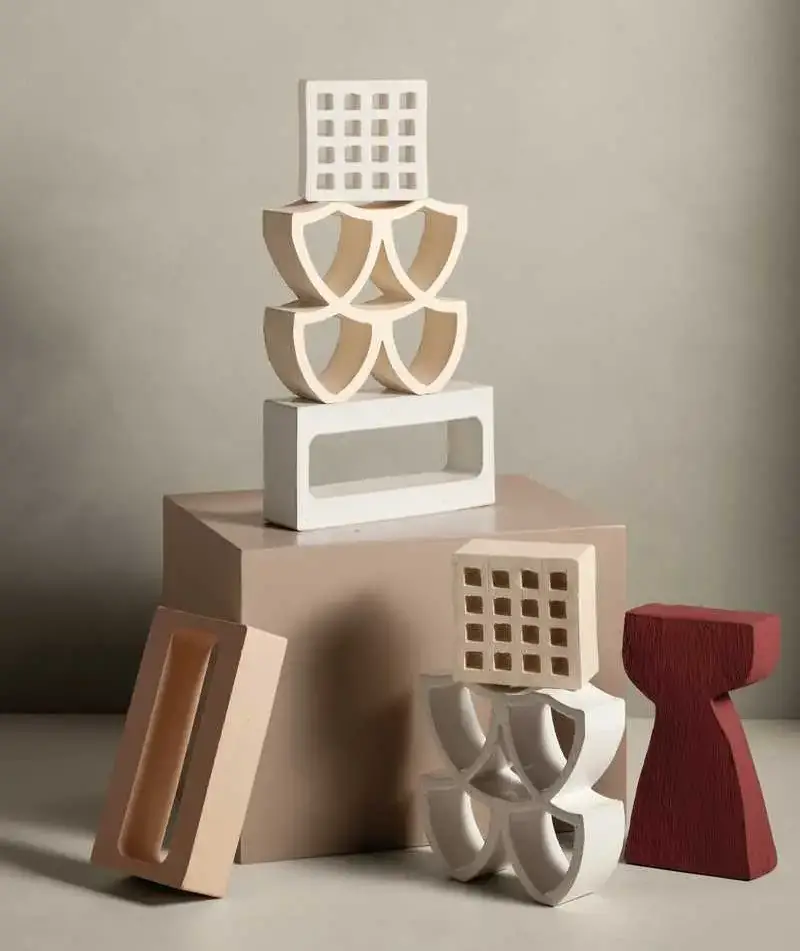
Marca Corona has produced its first-ever collection of gelosie—traditional Italian brick screen walls—with this trio of extruded terra-cotta blocks available in natural, ivory, or white-glaze finishes. Fashion them into partitions, accent walls, or brises-soleil, and, as the Italian name Arialuce implies, bring in the light and air.
marcacorona.it/en
Nido
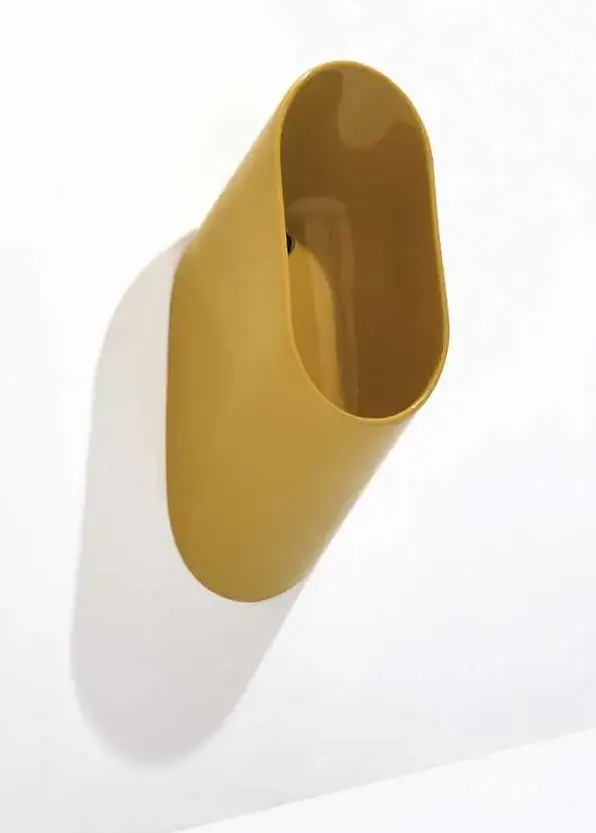
Recipient of an honorable mention for Italy’s prestigious Compasso d’Oro, this sleek urinal designed by Simone Anzellini and Società Italiana Manufatti Articoli Sanitari (SIMAS) is easy to maintain and only uses a half gallon of water per flush. Architects and designers will also appreciate the astounding range of 18 colors and finishes. Pair with SIMAS’s PO•MO basins or Vignoni toilets for a perfect match.
simas.it


